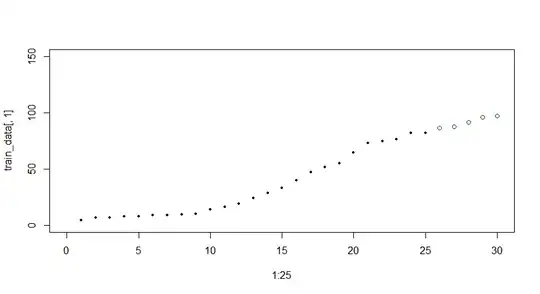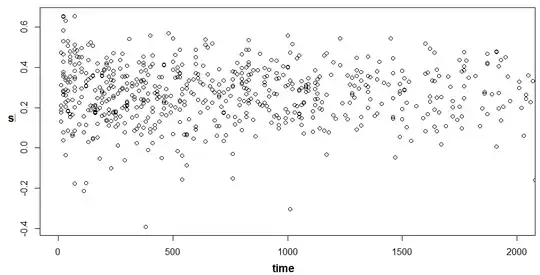What's your step to do the ARIMA model?
You can add an reproducible example.
For ARIMA, I will try the auto.aima function in the forecast package (R language). It will automatically select the best parameter for your.
If the ARIMA actually didn't help you, maybe you should try some other methods. Such as construction features to do linear or nonlinear regression, you can select the important features using a tree-based model.
Those features can be the factors which influence the CO2, or the moving averages of CO2 to capture the trends, Fourier terms to capture the cycle, and so on. I suggest you look into the Kaggle time series contest (like share bike demand prediction), you will learn a lot from it.
Hope you can get ideal results.
Updates:
I am predict the future 5 years total electricity consumption, just 25 years data (correspond 25 rows in training data), is very similar to you question.
I using the cubist function in R, it does the regression in the leaf, so combined the benefit of decision tree and linear regression, and have good performance in extrapolate and small samples!
 The features in model are last 5 year moving average of electricity consumption, last 5 year moving average of GDP, and the dummy variable of cycle. 5 is the cycle of china's development planning, you can see from the plot. Maybe you can try different steps, and other rolling function.
The features in model are last 5 year moving average of electricity consumption, last 5 year moving average of GDP, and the dummy variable of cycle. 5 is the cycle of china's development planning, you can see from the plot. Maybe you can try different steps, and other rolling function.

